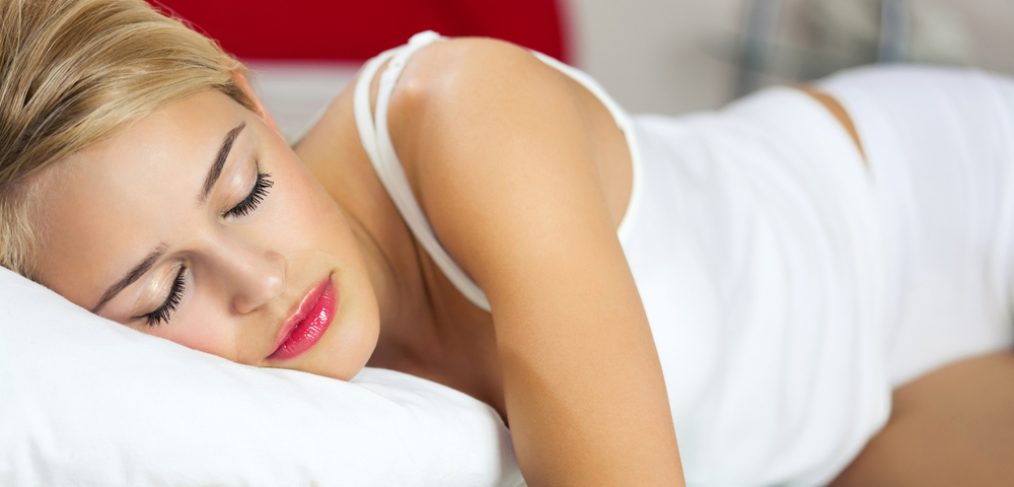
Addressing Chronic Sleep Problems
Staying awake all night. It’s been glamorized in rock and roll, pop, hip hop, rap and every other sort of music in between. Doing the walk of shame, showing up bleary-eyed to work the next day, all proudly displayed badges of honor for surviving a night worthy of the wildest of wild men and women throughout the course of history. But if you’re getting the morning after feeling without the experience of the night before, it may be worth taking a closer look.
Sure, staying up all night can be great and looking and feeling unwell may be par for the course after a night of fun, but not if a good night’s sleep was intended. If you are finding yourself suffering from sleep trouble, don’t just shrug it off; it may be a symptom of a medical sleep disorder and treatment may be available.
Sleep Problems
First, it should be acknowledged that there is a distinction between the terms “sleep problem” and “sleep disorder” Sleep problems are often the result of bad habits, such as smoking, alcohol consumption, eating a large meal or exercising heavily before bed. Sleep can also be disturbed by environmental factors such as psychological stress, or jet lag. These problems can usually be solved by eliminating the causes. However, sleep disorders fall under a separate category and usually require medical treatment.
Sleep Disorders
Apnea
Sleep apnea is characterized by an actual cessation of breathing for periods of a few seconds, followed by gasping for air. The sufferer may not be aware of anything unusual occurring until he or
she wakes up feeling hungover with a dry mouth or headache. These symptoms may be accompanied by loss of memory, concentration, and focus. Sleep apnea affects about 7% of the population and is a risk factor for high blood pressure
Treatment
Continuous positive airway pressure CPAP is the most common treatment for sleep apnea. It consists of a face mask or nasal plug which blows air into the nasal passages, allowing air to flow freely.
Surgery
Surgeries can be performed to open the airway be removing tissues that obstruct it, such as tonsils or nasal polyps. However, these are not without risk and the side effects and outcomes can be unpredictable.
Nonspecific Therapy
This addresses behavioral aspects which may be responsible for sleep apnea. Nonspecific therapy commonly involves weight loss, the avoidance of medicine, and adjustment of sleeping position.
Restless Leg syndrome
Restless leg syndrome affects about 15% of the population. It is characterized by a “pins and needles feeling” in the legs causing an irresistible urge to move the legs to relieve the feeling. RLS makes falling asleep difficult and may also force the sufferer out of sleep. People with RLS may also suffer from periodic limb movement disorder characterized by repetitive muscle twitches or jerking movements in the toes, knees, or hips. RLS and PLMD have both been associated with other medical conditions, such as anemia.
Treatment
When it comes to treatment of RLS, medications are usually recommended. The three classes include: dopaminergic agents, which produce dopamine in the brain, benzodiazepines, and opioids.
Narcolepsy
Narcolepsy is usually indicated by the tendency to fall asleep spontaneously. It is often linked to cataplexy, a sudden weakness brought on by laughter, or intense feelings, sleep paralysis, a situation in which one is half awake and unable to move, and hypnagogic hallucinations, which are intense dreams at the end of sleep. Narcoleptics may also engage in automatic behavior, in which they perform routine tasks without later memory.
Treatment
Behavioral treatment for narcolepsy includes avoiding heavy meals and alcohol, and shift work and making sure nighttime sleep and naps are regularly timed. Medications usually consist of stimulants to increase alertness and antidepressants.
Do you think your suffering from a sleep disorder? If you do, you may not have to deal with it. Go see a medical expert and explore your options. Let us know how it went.



